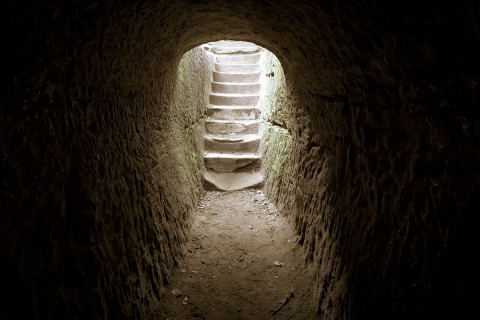
In our second April of the pandemic, spring has a distinctly hopeful air. Amid the new sprigs of green and the blossoms of pink and red, our lives are opening up a bit. There is the smallest crack in a door that has been closed for far too long.
It’s appropriate that this time of contemplating life after COVID coincides with a season of reflecting on the days after the resurrection. The disciples’ world had become enclosed and fearful and uncertain, only to open suddenly with possibility.
The past year has felt like one long, involuntary Lent. For some it has been forced isolation; for others, the economic necessity of work that puts you and your loved ones at risk. For all of us, the past year has laid bare realities of race and class and gender. They were never hidden, but during COVID-tide we saw just how deep the chasms are. Death has seemed too present this year.




